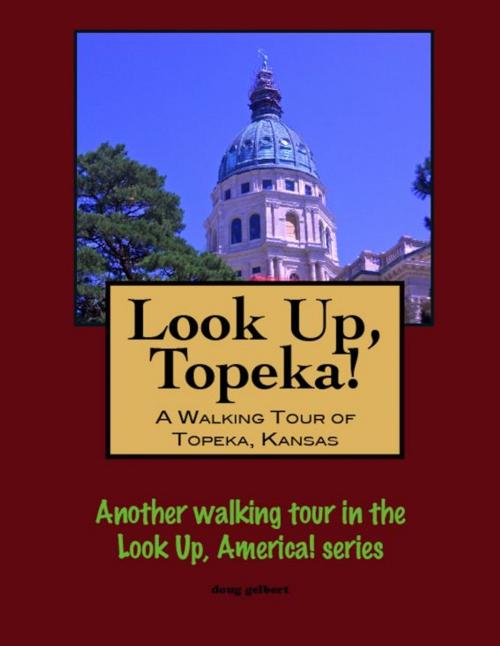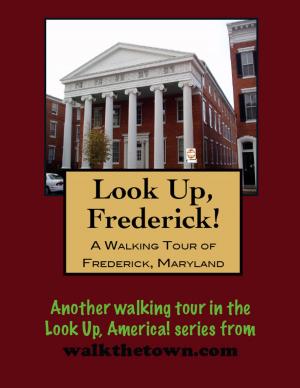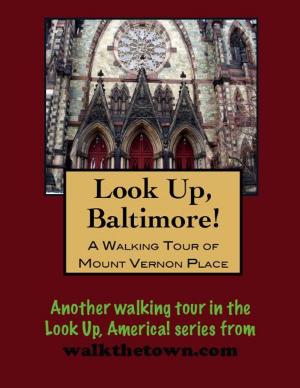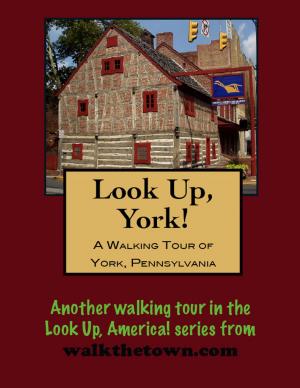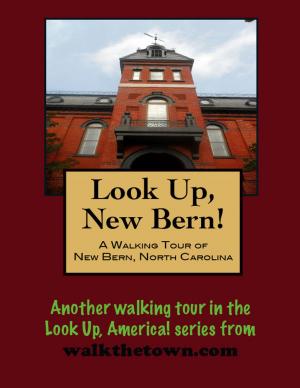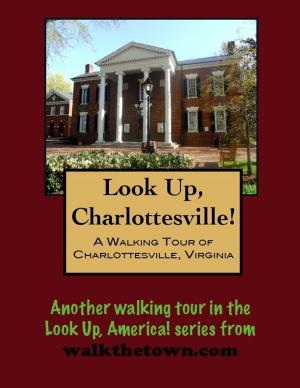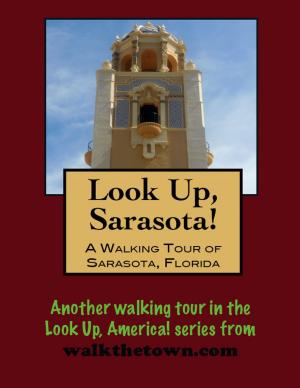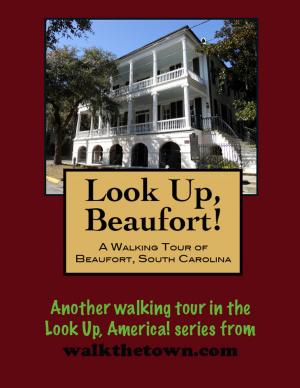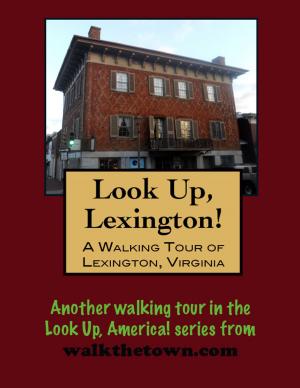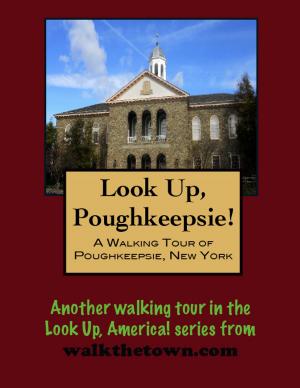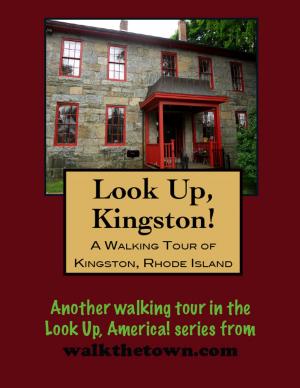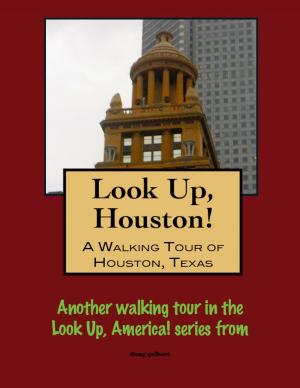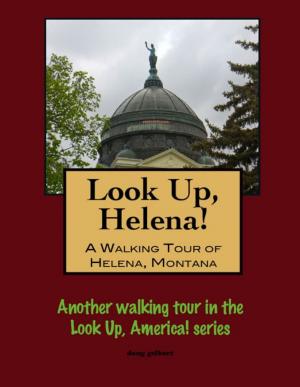| Author: | Doug Gelbert | ISBN: | 9781301686889 |
| Publisher: | Doug Gelbert | Publication: | December 12, 2012 |
| Imprint: | Smashwords Edition | Language: | English |
| Author: | Doug Gelbert |
| ISBN: | 9781301686889 |
| Publisher: | Doug Gelbert |
| Publication: | December 12, 2012 |
| Imprint: | Smashwords Edition |
| Language: | English |
There is no better way to see America than on foot. And there is no better way to appreciate what you are looking at than with a walking tour. Whether you are preparing for a road trip or just out to look at your own town in a new way, a downloadable walking tour is ready to explore when you are.
Each walking tour describes historical and architectural landmarks and provides pictures to help out when those pesky street addresses are missing. Every tour also includes a quick primer on identifying architectural styles seen on American streets.
Cyrus K. Holliday arrived in Kansas Territory in 1854 from Pennsylvania with a sack full of money and a dream to build a railroad. Holliday rounded up eight investors who established the Topeka Town Association, taking the name from a Kansa Indian term for digging good prairie potatoes. The budding railroad moguls selected a location where a branch of the Oregon Trail crossed the Kansas River.
The anchor for the railroad grew rapidly and the population was 600 by the time the territorial legislature incorporated the town in 1857. Topeka was the largest free-state community in "Bloody Kansas" in the years before the Civil War and got the nod as the temporary capital. When Kansas was admitted to the Union as a free state in 1861, Topeka got the permanent job as state capital.
With the twin economic engines of government and the Atchison, Topeka and Santa Fe Railroad, Topeka boomed in the 1880s. In 1888 alone some 3,000 new buildings were added to the Topeka streetscape. The country's financial Panic of 1893 derailed the Santa Fe Railroad and slammed the brakes on the town's growth until the coming of the motor age in the 1910s.
Topeka's population grew steadily through the 1950s until it reached its current level of 120,000. At that time the city became an enthusiastic player in urban renewal, designating 37 blocks for revitalization. While the wrecking ball was swinging across large swaths of Topeka in 1966 one of the country's most destructive tornadoes struck the town, leaving 13 people dead and causing an estimated $100 million in property damage, removing even more historic buildings.
Our walking tour of downtown Topeka will seek out the survivors and we will begin at a building that as witnessed the town's history very nearly from the beginning...
There is no better way to see America than on foot. And there is no better way to appreciate what you are looking at than with a walking tour. Whether you are preparing for a road trip or just out to look at your own town in a new way, a downloadable walking tour is ready to explore when you are.
Each walking tour describes historical and architectural landmarks and provides pictures to help out when those pesky street addresses are missing. Every tour also includes a quick primer on identifying architectural styles seen on American streets.
Cyrus K. Holliday arrived in Kansas Territory in 1854 from Pennsylvania with a sack full of money and a dream to build a railroad. Holliday rounded up eight investors who established the Topeka Town Association, taking the name from a Kansa Indian term for digging good prairie potatoes. The budding railroad moguls selected a location where a branch of the Oregon Trail crossed the Kansas River.
The anchor for the railroad grew rapidly and the population was 600 by the time the territorial legislature incorporated the town in 1857. Topeka was the largest free-state community in "Bloody Kansas" in the years before the Civil War and got the nod as the temporary capital. When Kansas was admitted to the Union as a free state in 1861, Topeka got the permanent job as state capital.
With the twin economic engines of government and the Atchison, Topeka and Santa Fe Railroad, Topeka boomed in the 1880s. In 1888 alone some 3,000 new buildings were added to the Topeka streetscape. The country's financial Panic of 1893 derailed the Santa Fe Railroad and slammed the brakes on the town's growth until the coming of the motor age in the 1910s.
Topeka's population grew steadily through the 1950s until it reached its current level of 120,000. At that time the city became an enthusiastic player in urban renewal, designating 37 blocks for revitalization. While the wrecking ball was swinging across large swaths of Topeka in 1966 one of the country's most destructive tornadoes struck the town, leaving 13 people dead and causing an estimated $100 million in property damage, removing even more historic buildings.
Our walking tour of downtown Topeka will seek out the survivors and we will begin at a building that as witnessed the town's history very nearly from the beginning...
